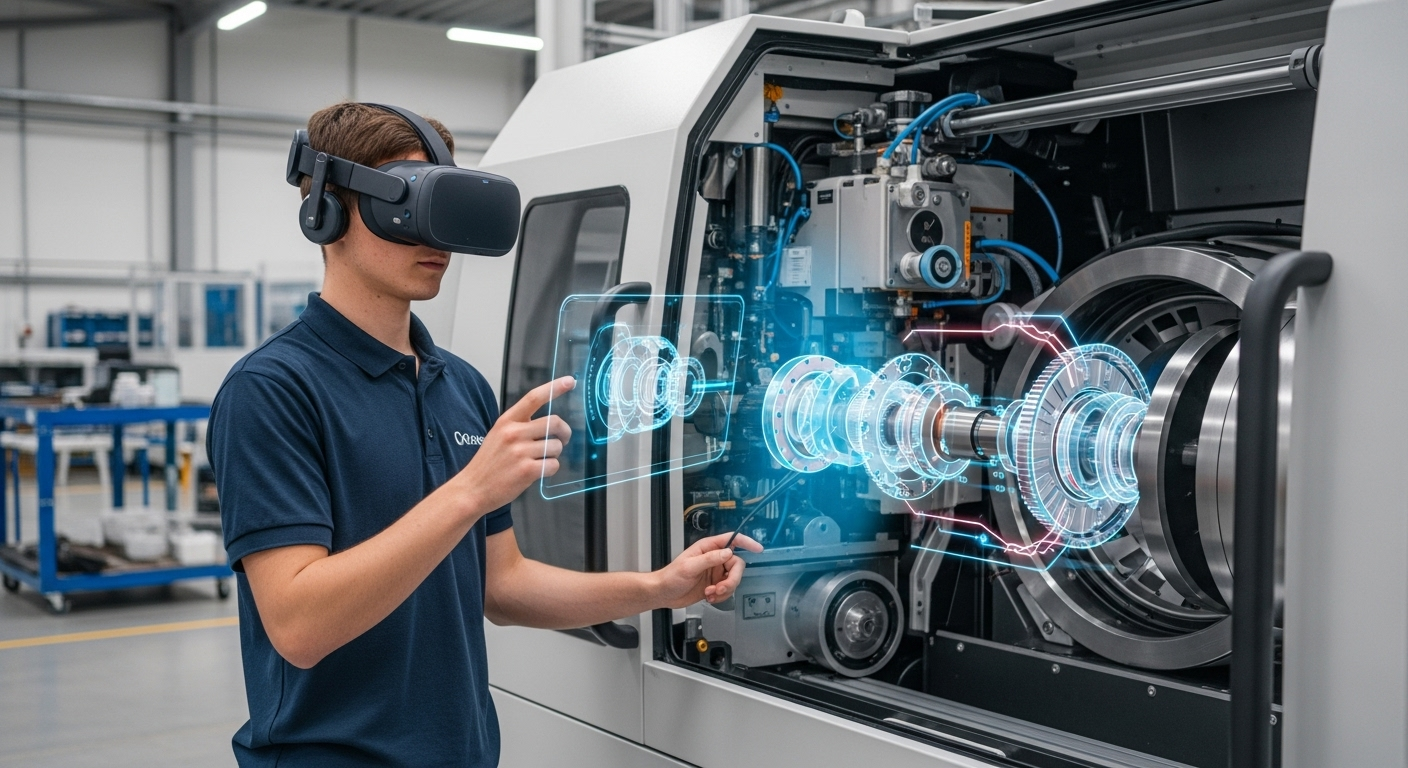"Shaping the Future: Industrial Sectors and the Adoption of Mixed Reality"
Introduction The merging of real and virtual worlds, known as Mixed Reality (MR), presents a strategic opportunity for industrial sectors. This technology is not as widely adopted as others, but its potential is enormous and the benefits it brings could shape the future of industries.

A Glimpse into the Past: Mixed Reality
Mixed Reality, a blend of Virtual Reality (VR) and Augmented Reality (AR), is not a new concept. Its roots can be traced back to the 1990s when researchers were experimenting with immersive virtual environments. Despite its potential, its adoption in the industrial sector remained low due to high costs and technological limitations. However, with the advancements in technology over the past decade, MR is now ready to break into the mainstream.
Current Trends: Mixed Reality in Industrial Sectors
Today, a growing number of industrial businesses are realizing the potential of Mixed Reality. Companies in sectors such as manufacturing, construction, and healthcare are investing in MR to enhance their productivity and operational efficiency. For instance, MR can be used to create 3D models of products in development or to simulate real-world scenarios for training purposes.
The Impact of Mixed Reality on Industrial Processes
The implementation of MR in industrial processes offers many benefits, including increased efficiency, reduced errors, and enhanced training methods. However, there are also challenges to be considered, such as high costs, user acceptance, and the need for a skilled workforce to manage and maintain the technology.
The Research Behind Mixed Reality
Several studies have shown that MR can significantly enhance productivity and reduce errors in various industrial processes. For instance, a study by the University of Michigan found that MR can reduce assembly errors by up to 90%. This research highlights the potential of MR as a game-changer in the industrial sector.
Practical Business Insights: Mixed Reality Adoption
-
Start with a pilot project: Before fully committing to MR, businesses should first test the waters with a small-scale pilot project.
-
Invest in training: To fully reap the benefits of MR, an investment in staff training is essential.
-
Stay updated with the latest advancements: The field of MR is rapidly evolving. Staying updated with the latest trends and advancements can help businesses make the most of this technology.
In conclusion, Mixed Reality presents a significant opportunity for industrial sectors. Its potential to transform traditional processes and enhance productivity is immense. However, businesses should also be aware of the challenges involved and plan their adoption strategy accordingly. By doing so, they can make the most of this technology and shape the future of their industry.




